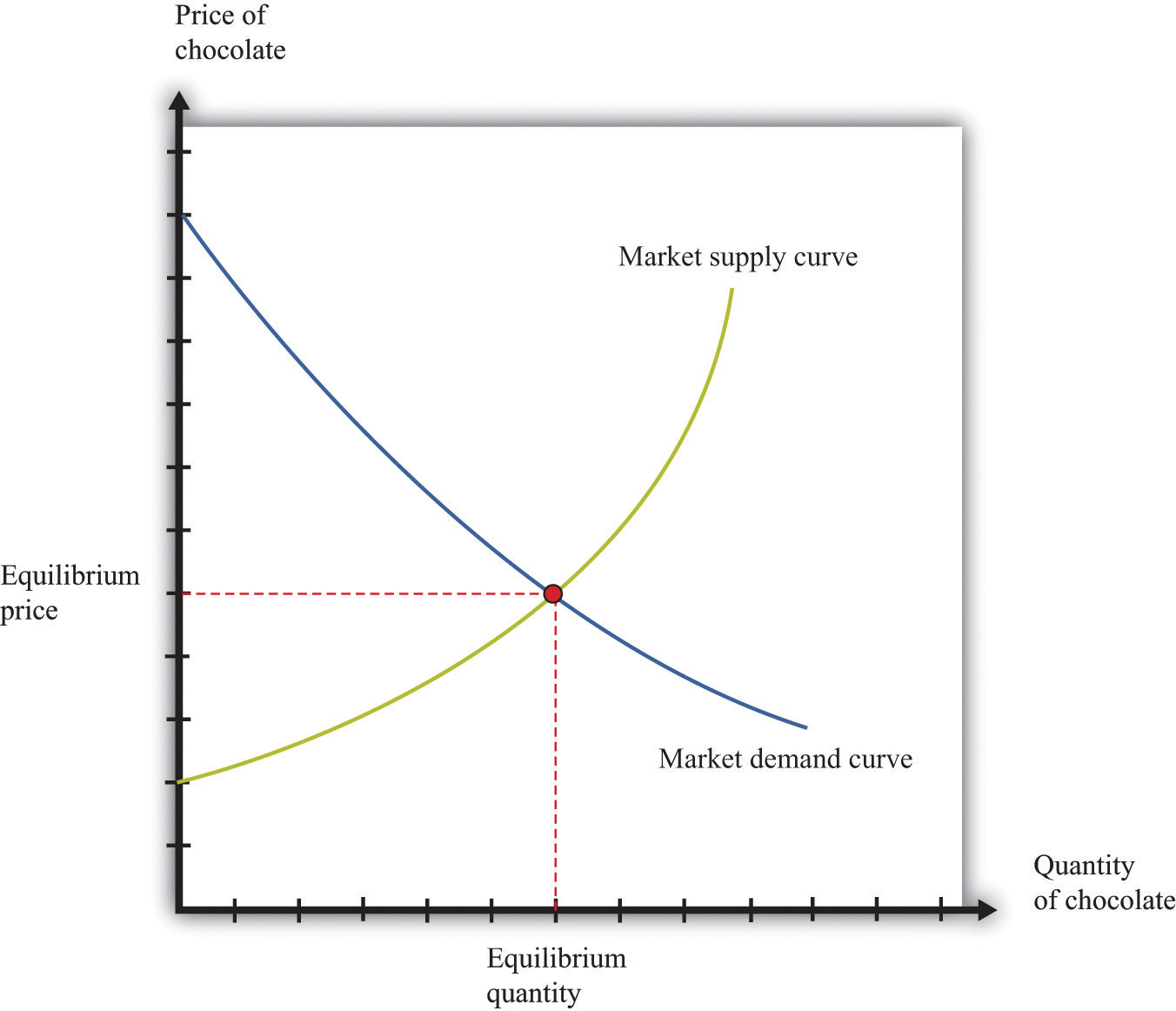

Products that are distinctive in one of these four ways are called differentiated products.

Differentiated ProductsĪ firm can try to make its products different from those of its competitors in several ways: physical aspects of the product, selling location, intangible aspects of the product, and perceptions of the product. Robinson subsequently became interested in macroeconomics where she became a prominent Keynesian, and later a post-Keynesian economist. The second was Joan Robinson of Cambridge University who published The Economics of Imperfect Competition. The first was Edward Chamberlin of Harvard University who published The Economics of Monopolistic Competition. The theory of imperfect competition was developed by two economists independently but simultaneously in 1933. Who invented the theory of imperfect competition?

The term “monopolistic competition” captures this mixture of mini-monopoly and tough competition. Firms producing such products must also compete with other styles, flavours and brand names. Examples include stores that sell different styles of clothing, restaurants or grocery stores that sell different kinds of food and even products like golf balls or beer that may be at least somewhat similar but differ in public perception because of advertising and brand names. It involves many firms competing against each other, but selling products that are distinctive in some way. Monopolistic competition lies in-between. In perfect competition, we assume identical products, and in a monopoly, we assume only one product is available. We have now explored the two sides of the spectrum.


 0 kommentar(er)
0 kommentar(er)
